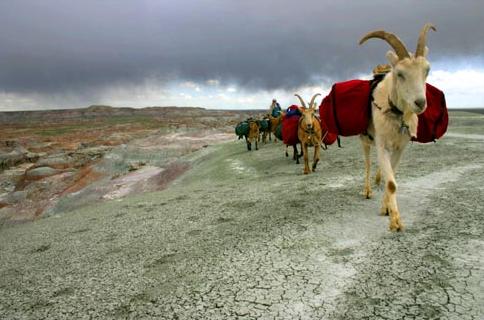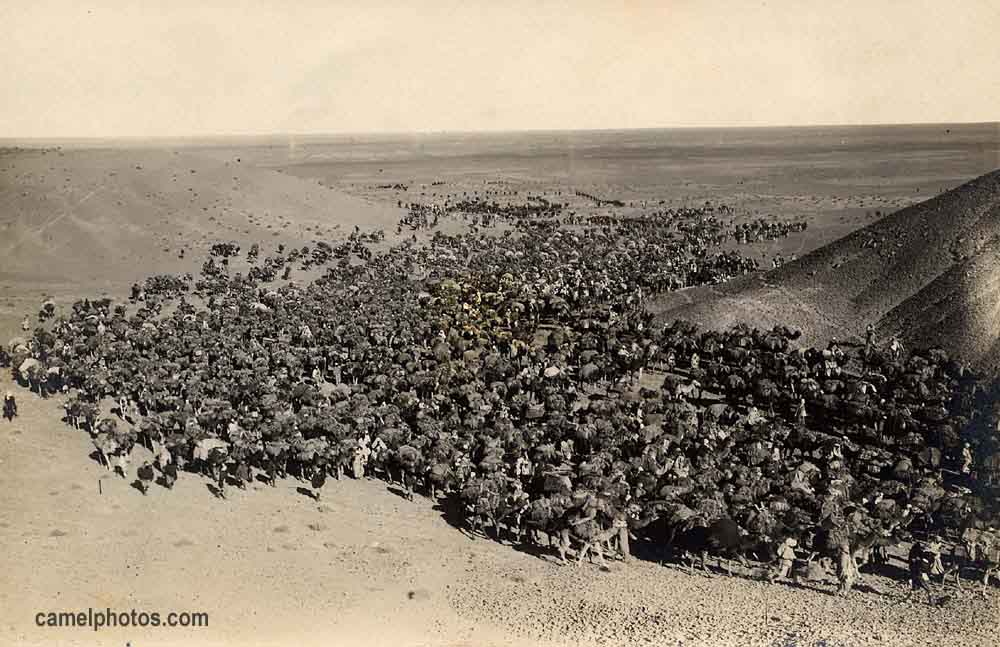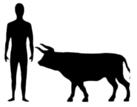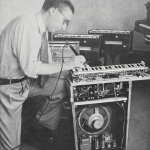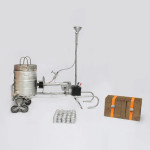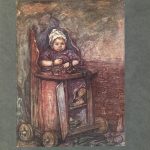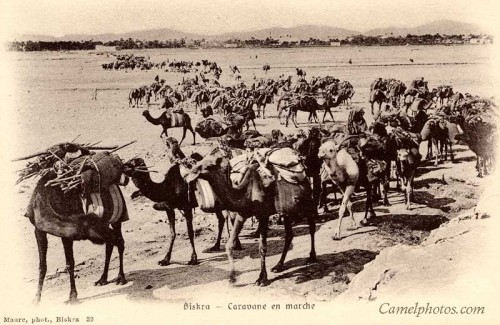 “Between the third and seventh centuries AD, the civilizations of the Near East and North Africa gave up wheeled vehicular transportation and adopted a more efficient and speedier way of moving goods and people: They replaced the wagon and cart with the camel. This deliberate rejection of the wheel in the very region of its invention lasted for more than one thousand years. It came to an end only when major European powers, advancing their imperialistic schemes for the Near East, reintroduced the wheel.”
“Between the third and seventh centuries AD, the civilizations of the Near East and North Africa gave up wheeled vehicular transportation and adopted a more efficient and speedier way of moving goods and people: They replaced the wagon and cart with the camel. This deliberate rejection of the wheel in the very region of its invention lasted for more than one thousand years. It came to an end only when major European powers, advancing their imperialistic schemes for the Near East, reintroduced the wheel.”
“The camel as a pack animal was favored over wheeled transportation for reasons that become obvious when the camel is compared with the typical ox-drawn vehicle. The camel can carry more, move faster, and travel farther, on less food and water, than an ox. Pack animals need neither roads nor bridges, they can traverse rough ground and ford rivers and streams, and their full strength is devoted to carrying a load and not wasted on dragging a wagon’s deadweight. Once the camel and ox are compared, one wonders why the wheel was ever adopted in that region in the first place.”
“A large share of the burden of goods in the Near East was always carried by pack animals. A bias for the wheel led Western scholars to underrate the utility of pack animals and overemphasize the contribution made by wheeled vehicles in the years before the camel replaced the wheel. The more we learn about the wheel, the clearer it becomes that its history and influence have been distorted by the extraordinary attention paid to it in Europe and the United States. The Western judgment that the wheel is a universal need (as crucial to life as fire) is of recent origin.”
Quoted from: “The Evolution of Technology“, George Basalla, 1988. See also: “The Camel and the Wheel“, Richard W. Bulliet, 1990 (summary). Previously: Camel trains in Asia, Russia and Australia.
